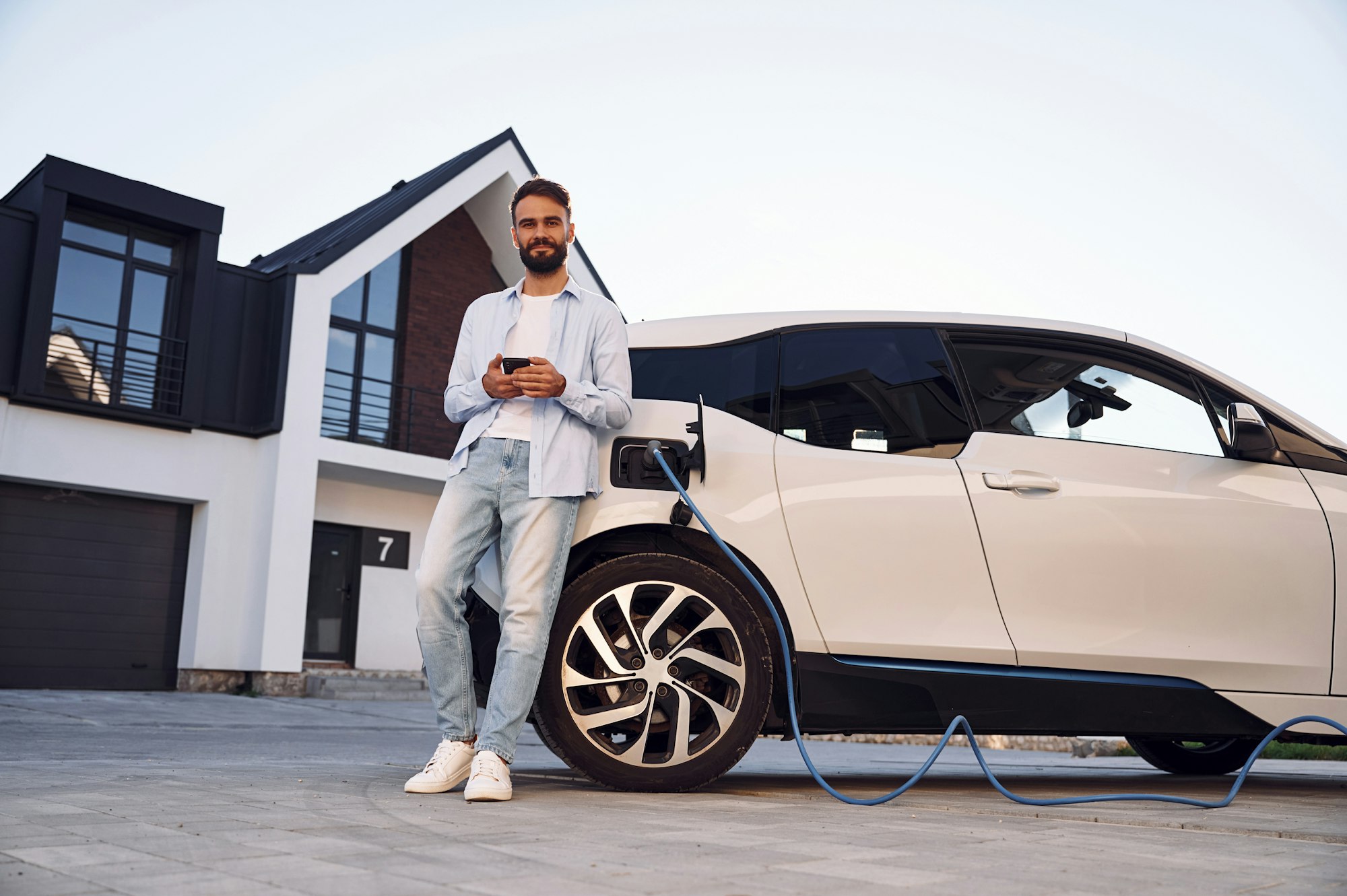The automotive industry is undergoing a transformative shift, with electric vehicles (EVs) spearheading the revolution. What started as a niche concept has now evolved into a mainstream reality, reshaping how we think about transportation.
In this article, we will delve into the history, advancements, and future prospects of electric vehicles, highlighting their journey from concept to reality.
1. The Early Days of Electric Vehicles
1.1 The Birth of Electric Vehicles
Electric vehicles are not a new phenomenon. The first electric car was developed in the late 19th century, even before the internal combustion engine gained prominence. Innovators like Thomas Davenport and Robert Anderson played pivotal roles in creating early electric car prototypes, though these early models faced significant limitations in range and speed.
1.2 Decline and Resurgence
Despite their early promise, electric vehicles fell out of favor as gasoline-powered cars became more efficient and affordable. It wasn’t until the late 20th century, driven by growing environmental concerns and advancements in battery technology, that EVs began to regain attention.
2. Technological Advancements and Breakthroughs
2.1 Battery Technology
One of the most critical factors in the evolution of EVs is the advancement in battery technology. Early electric vehicles used lead-acid batteries, which were heavy and offered limited range. The development of lithium-ion batteries in the 1990s marked a turning point, providing higher energy density, longer lifespan, and faster charging times.
2.2 Motor Efficiency
Electric motors have also seen significant improvements. Modern electric vehicles utilize highly efficient motors that convert a larger percentage of electrical energy into mechanical energy, resulting in better performance and increased range.
2.3 Charging Infrastructure
The expansion of charging infrastructure has been pivotal in making EVs more practical for everyday use. From home charging stations to rapid chargers along highways, the accessibility and convenience of charging have dramatically improved.
3. Mainstream Adoption and Market Growth
3.1 Pioneering Models and Manufacturers
Tesla, founded in 2003, played a crucial role in bringing electric vehicles into the mainstream. The introduction of the Tesla Roadster in 2008, followed by the Model S, demonstrated that electric cars could be stylish, high-performance, and practical. Other manufacturers, including Nissan with the Leaf and Chevrolet with the Volt, soon followed suit, expanding the market.
3.2 Government Incentives and Policies
Government incentives and policies have significantly contributed to the growth of the EV market. Tax credits, rebates, and stricter emission regulations have encouraged both manufacturers and consumers to embrace electric vehicles.
3.3 Consumer Acceptance
With increased awareness of environmental issues and the rising cost of fossil fuels, consumer acceptance of electric vehicles has grown. Advances in technology and infrastructure have addressed many of the early concerns about range anxiety and charging times, making EVs a more attractive option.
4. The Current Landscape of Electric Vehicles
4.1 Diverse Offerings
Today, the market offers a diverse range of electric vehicles, from compact city cars to luxury sedans and SUVs. Innovations like the Chevrolet Bolt, Hyundai Kona Electric, and the Audi e-tron have expanded consumer choices, catering to various preferences and needs.
4.2 Performance and Luxury
High-performance electric vehicles, such as the Porsche Taycan and the Tesla Model S Plaid, have shattered the misconception that EVs lack power and luxury. These models offer impressive acceleration, advanced technology, and premium features, rivaling their gasoline-powered counterparts.
4.3 Sustainability and Impact
Electric vehicles have a significantly lower environmental impact compared to traditional internal combustion engine vehicles. They produce zero tailpipe emissions and, when paired with renewable energy sources, offer a sustainable solution to reducing greenhouse gas emissions.
5. Future Prospects and Innovations
5.1 Autonomous Driving
The integration of autonomous driving technology with electric vehicles promises to revolutionize transportation further. Companies like Tesla, Waymo, and General Motors are at the forefront of developing self-driving electric cars, which could enhance safety, reduce traffic congestion, and improve overall efficiency.
5.2 Battery Innovations
Ongoing research in battery technology aims to achieve even greater energy density, faster charging times, and lower costs. Solid-state batteries, for instance, hold the potential to revolutionize the EV market by offering substantial improvements over current lithium-ion batteries.
5.3 Global Expansion
As the global demand for electric vehicles continues to rise, emerging markets are also beginning to embrace the transition. Countries like China and India are making significant investments in EV infrastructure and production, signaling a worldwide shift towards electric mobility.
Conclusion
The evolution of electric vehicles from concept to reality is a testament to human ingenuity and the relentless pursuit of innovation. With continuous advancements in technology, supportive policies, and growing consumer acceptance, electric vehicles are poised to dominate the future of transportation.
As we move towards a more sustainable and efficient mobility landscape, the journey of electric vehicles serves as an inspiring example of how visionary ideas can transform into everyday realities.


